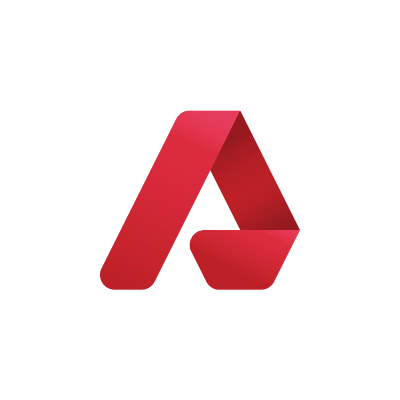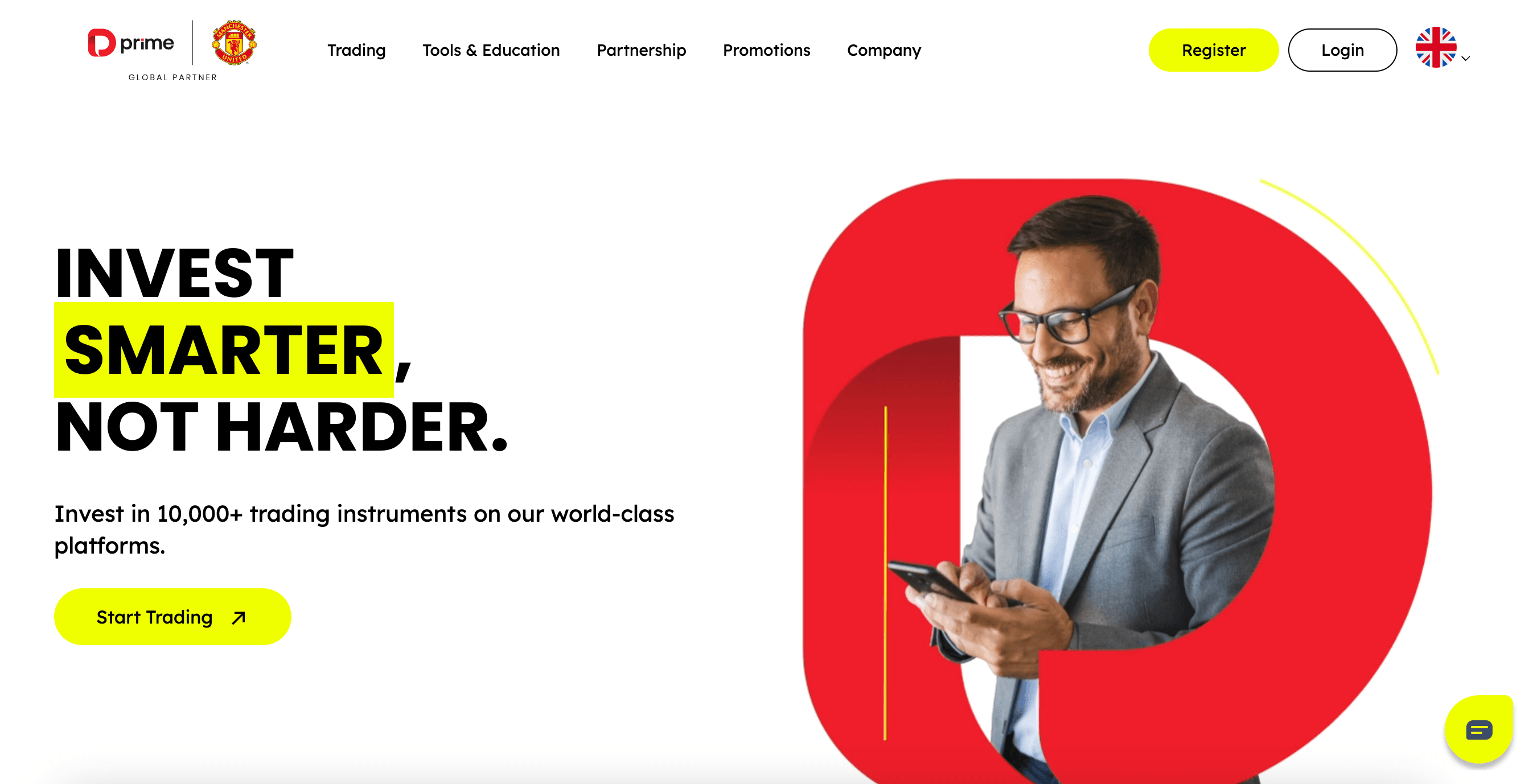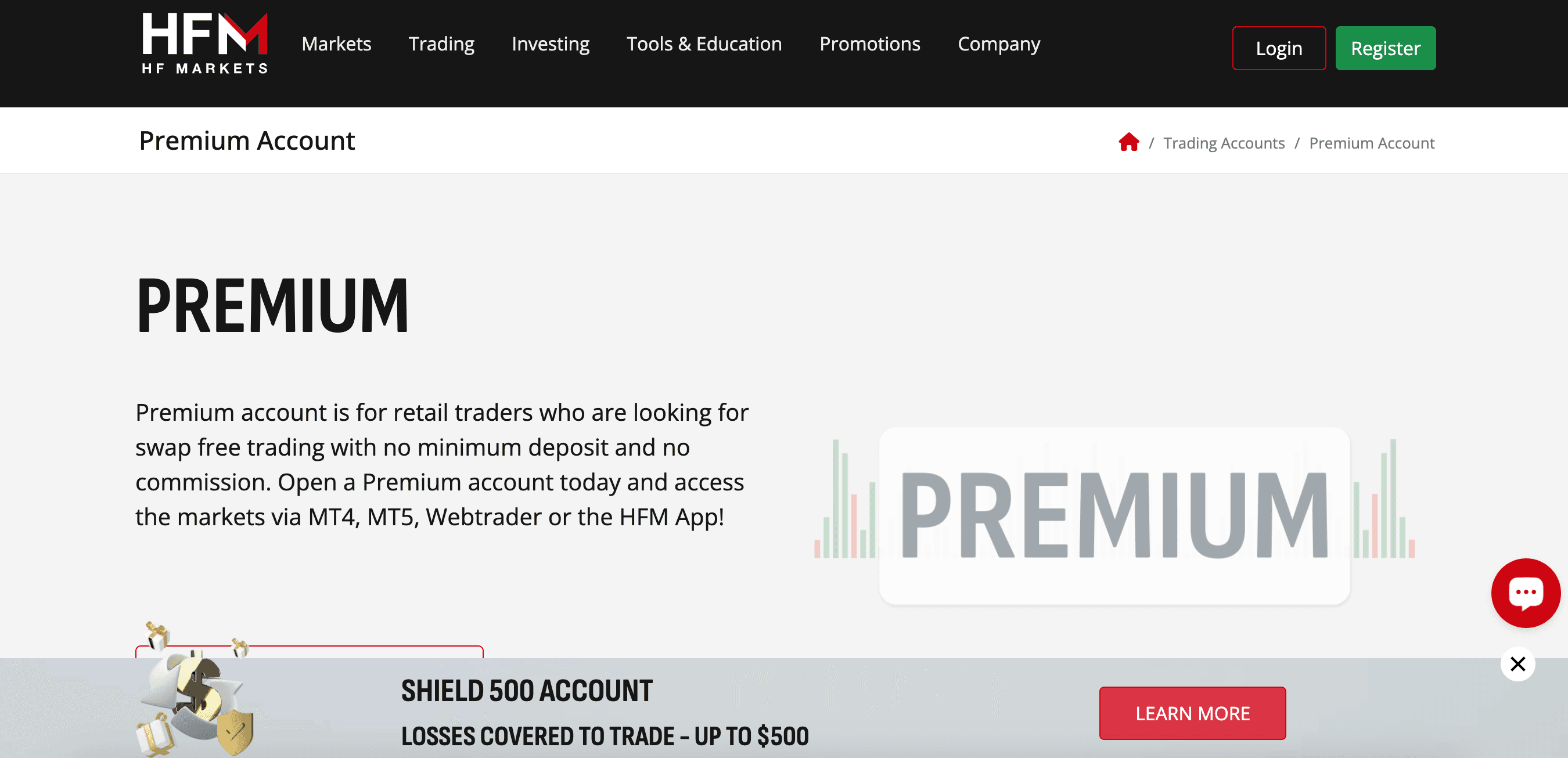Using MetaMask makes you a prime target for crypto theft. As the world's most popular wallet, scammers are constantly inventing new ways to drain your funds. If you've ever seen a suspicious pop-up or a sketchy airdrop, you know the risk is real.
This guide cuts through the noise. We'll show you the main scams, the red flags, and the simple steps to keep your crypto safe.
Quick Safety Checklist:
- Never share your 12-word seed phrase with anyone.
- Be suspicious of all "unlimited" token approvals.
- Bookmark your real crypto sites (like Uniswap, OpenSea).
- Use a hardware wallet (like Ledger or Trezor) for large amounts.
How Scammers Will Target Your Wallet
Scammers don't need to "hack" you; they trick you into giving them access. These are their three most common attacks:
- Phishing Sites: You click a link from a DM or a fake Google ad for a site like "metamask-verify.com". It looks real, but it's a clone designed to steal your seed phrase when you type it in.
- Malicious Approvals: You connect to a new NFT minting site, and a MetaMask pop-up asks you to approve a transaction. You are actually giving a scammer's smart contract "unlimited" permission to take all of your tokens.
- Fake Support: You get a DM from "MetaMask Support" saying your wallet is suspended. They are lying. They will ask for your seed phrase to "fix" the problem. This is a scam, every time.
What to Do If You Think You're Compromised
If you see transactions you don't recognize or your funds are gone, you need to act fast. Unfortunately, blockchain transactions are irreversible. You cannot "undo" a transfer, which is why many victims feel stuck and helpless.
If you approved a malicious contract, you must go to a tool like Revoke.cash immediately to remove its permissions before it can steal more. If your seed phrase itself was stolen, the wallet is lost forever. You must create a new wallet and move any remaining funds immediately.
For complex situations like malicious drains or exploits, professional guidance can be a vital next step. Rankedsafe.com specializes in helping crypto fraud victims understand what happened. Their team can help trace transactions and provide guidance on recovery options.
How to Protect Your MetaMask (Step-by-Step)
Prevention is the only real cure. Follow these steps to secure your wallet.
- Never Share Your Seed Phrase: This is rule number one. No legitimate support, admin, or platform will ever ask for your 12-word phrase.
- Get a Hardware Wallet: For any serious amount of crypto, use a Ledger or Trezor. It connects to MetaMask, but all transactions must be physically approved on the device. This single step defeats almost all remote scams.
- Read What You Approve: When MetaMask pops up, read the details. If a site is asking for "unlimited" access to your tokens, reject it. Be extremely cautious.
- Revoke Old Approvals: Once a month, connect to Revoke.cash and check your approvals. Remove any permissions from sites you no longer use. This is like closing old, unlocked doors to your bank vault.
- Bookmark Your Sites: Never use Google or click links in DMs to access platforms like Uniswap, OpenSea, or your other dApps. Go to the official site once, bookmark it, and only use your bookmark.
Conclusion
Securing your MetaMask isn't about complex software; it's about simple, consistent habits. Be skeptical of everyone, read every transaction, and above all, guard your seed phrase. These steps are all it takes to protect yourself from the vast majority of crypto scams.




